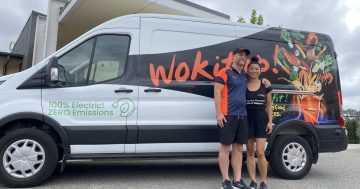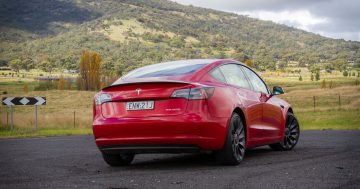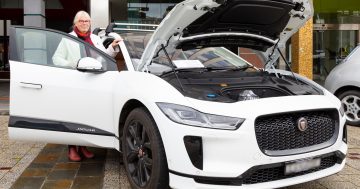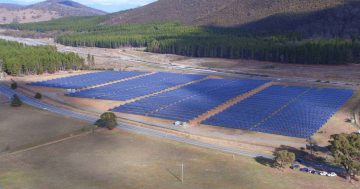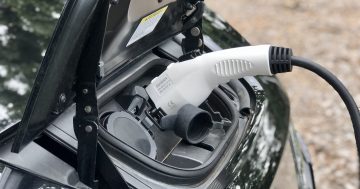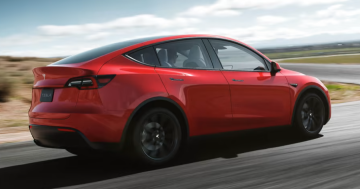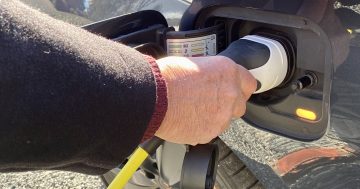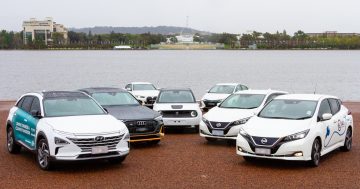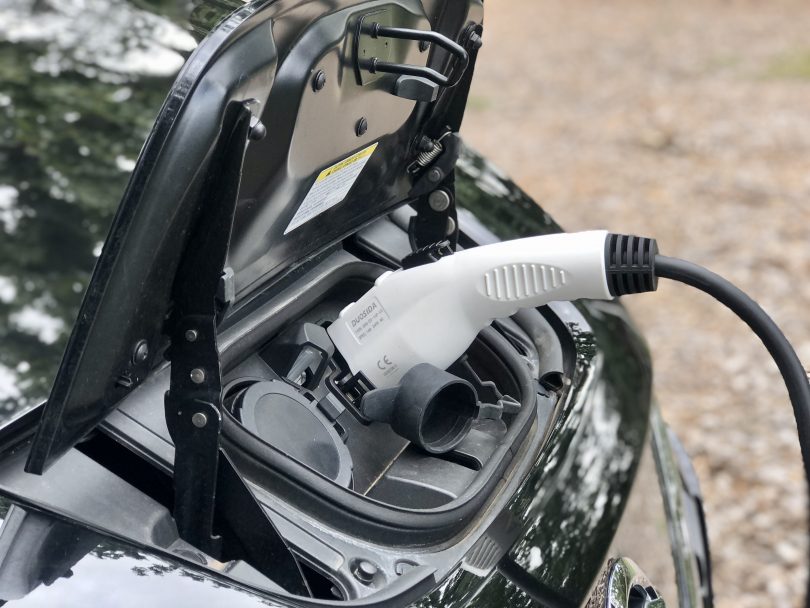
Charging up: a review of the government’s zero-emissions vehicle program is underway. Photo: File.
The ACT Government has ordered a review of its zero-emissions vehicle program that will help drive the next phase of its transition plans, sparked by a critical audit report earlier this year.
Auditor-General Michael Harris found that a lack of charging stations put at risk the transition to a zero-emissions government fleet, and that the program had become overly complex due to the limited availability of some car models; the multiple types of vehicles being used, including battery, plug-in hybrid and hydrogen fuel cell; and the range of preferred parking locations.
The complications with the rollout have led to a larger percentage of vehicle lease extensions than usual, rather than new leases, and a larger percentage of plug-in hybrids being leased instead of battery electric vehicles.
The ACT Government committed to only leasing zero-emissions vehicles from 1 July 2020. The government also committed to procuring zero-emission buses from this year and only purchasing zero-emission buses from 2025.
The report also found that the three teams working on the transition plans were not always on the same page, leading to delays in some actions necessary for the change to zero-emission travel, such as changes to parking rules and the use of transit lanes.
It also led to delays in implementing planning rules requiring chargers in multi-unit and mixed-use developments.
It made a number of recommendations, including that the Environment, Planning and Sustainable Development Directorate review the design and delivery of the program, the effectiveness of the transition and assess the progress of government actions.
EPSDD has now hired Brisbane consultancy Social Outcomes to conduct the review and assessment, with a final report due by 2 September.
Social Outcomes will look at the usage pattern of zero-emissions vehicles now in the fleet compared with petrol/diesel vehicles, barriers to increasing their use and what can be learned from the work to install charging infrastructure in the two new government office buildings at Dickson and Civic.
Mr Harris described the failure to include sufficient charging infrastructure in the new buildings as a “missed opportunity”.
Just two electric vehicle chargers were built in each building before they opened and the government is working to address the “immediate and medium-term shortfall” in the availability of parking spaces with chargers, Mr Harris said.
Social Outcomes will also provide a report detailing an assessment of the effectiveness of the EV Action Plan so the government can report on the implementation of the actions.
The government fleet is about to participate in a trial of bi-directional chargers using 50 Nissan Leaf electric vehicles which can feed power back into the grid. They will be installed across 12 government sites.
The government will also install 50 public rapid chargers across Canberra. These are expected to be available by June 2022.
The Social Outcomes contract is worth $65,835.












